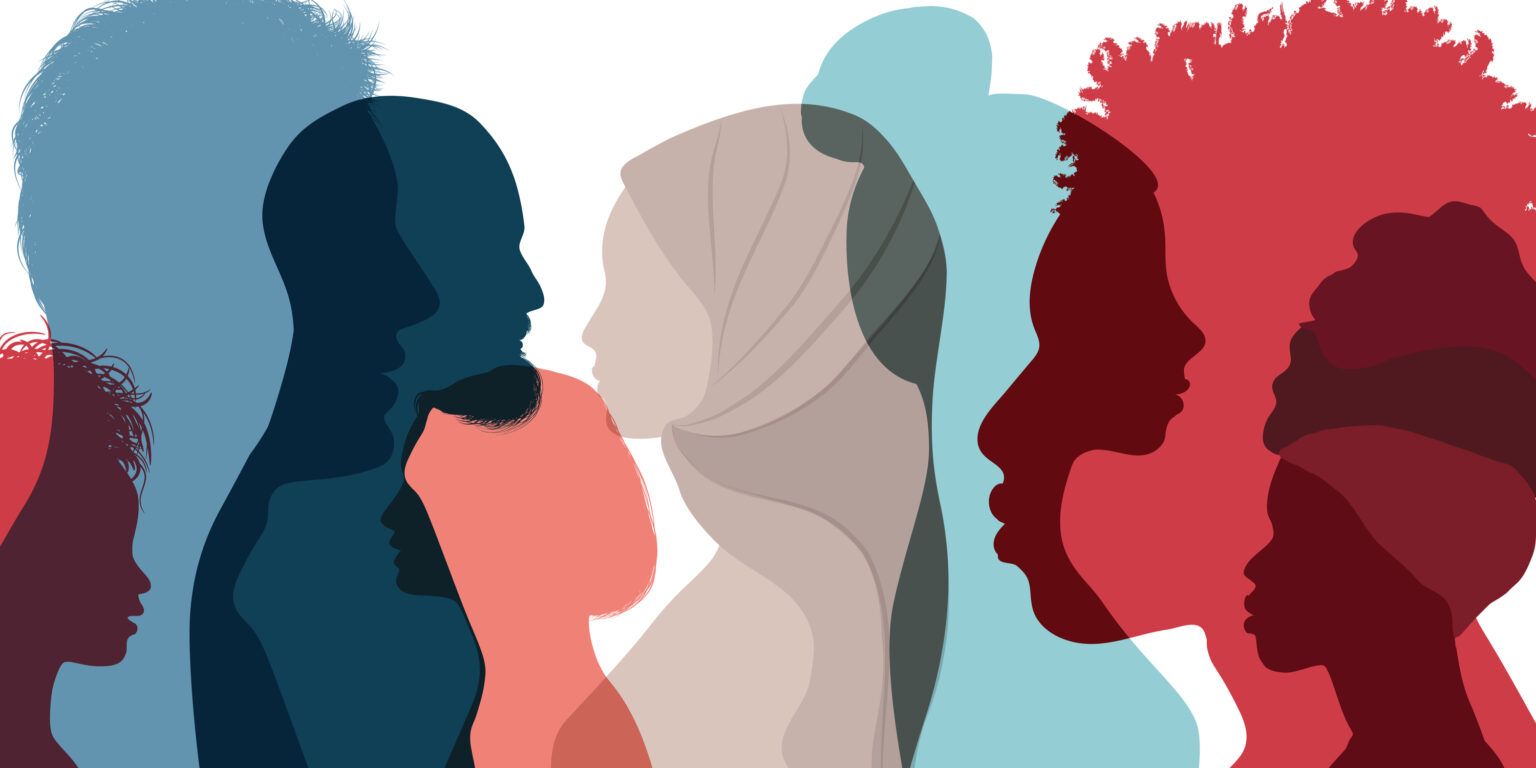In today’s higher education environment, fostering a respectful and inclusive culture remains a cornerstone of student development and institutional success. While conversations about diversity, equity, and inclusion (DEI) have evolved and at times become contentious, the underlying goals—creating spaces where all students feel seen, heard, and valued—are more relevant than ever.
At 3rd Millennium Classrooms, we understand the need for institutions to provide thoughtful, evidence-based education that encourages students to reflect on identity, empathy, and fairness in a way that aligns with their campus culture and current legislation. That’s why we’ve introduced Bridging the Gap—a course focused on fostering interpersonal understanding and reducing conflict by exploring the human experiences that connect us.
Bridging the Gap is about equipping students with the tools to navigate a diverse world respectfully and thoughtfully. This course helps students:
-
Reflect on personal and social identity.
-
Examine unconscious bias and communication barriers.
-
Understand how empathy and curiosity can enhance relationships.
-
Explore ways to respectfully engage with peers from different backgrounds and life experiences.
Rather than using labels or advocating specific ideologies, Bridging the Gap encourages personal reflection, connection-building, and a sense of community belonging. It’s an opportunity to replace division with dialogue and to foster critical thinking in an age of information overload.
Foundational Concepts: Diversity, Equity, and Inclusion
Clarifying Key Ideas Without the Politics
You may have heard people use the words diversity, equity, and inclusion before. You may have even heard people use these three words interchangeably, as though they all mean the same thing – but they don’t. You may be familiar with these terms, or they may be entirely new to you.
What you should know is this: DEI is a term used to describe policies and programs that promote representation and participation of different groups of individuals, including people of different ages, genders, sexual orientations, races and ethnicities, abilities and disabilities, religions, and cultures. This includes people with diverse backgrounds, experiences, skills, and expertise.
What is diversity?
Diversity is the multitude of characteristics that make up each person, including all of the characteristics that make him or her different from another person or group. Diversity cannot and does not exist in a homogenous society.
Diversity includes:
- Race
- Gender and/or gender identity
- Age
- Religion
- Sexual orientation
- Ethnicity
- Nationality
- Socioeconomic status
- Language
- Ability or disability
- Marital status
- Veteran status
- Political viewpoints or status
Diversity does not only refer to all aspects of human distinctions, social identities, and social group differences; diversity also recognizes the presence of differences. In other words, diversity acknowledges that we, as humans, are different from one another and that we are able to recognize that.
Equity and inclusion work hand-in-hand with diversity to encourage us to accept and even embrace our differences, own them, and find common ground with one another.
What is equity?
Equity is not the same as equality. It’s about fairness—ensuring access to opportunities by recognizing and addressing historical and structural disadvantages.
What is inclusion?
Inclusion happens when diverse individuals are not just present but feel genuinely welcomed and empowered to contribute.
Why These Ideas Still Matter
Beyond Compliance: Building Better Campus Communities
The ethos behind DEI—now reframed in Bridging the Gap—is about human connection. It’s about building a more understanding, cohesive community. Institutions that engage students in this work often see:
-
Increased student retention and satisfaction
-
Reduced conflict and conduct violations
-
Stronger peer engagement and leadership development
How to Take Action on Your Campus
There are many ways you can support diversity, equity, and inclusion initiatives. Here are a few:
Have Meaningful Conversations
The lack of meaningful conversations contributes to the unproductive relationships that can sometimes develop when people with differences coexist and interact. To create true change, people at every organizational level within an institution need to be able to have effective conversations.
Foster direct conversations to break down silos and communication barriers. Teach leaders of all levels and roles how to listen for understanding and to guide their teams. In the end, better culture starts with better conversations. By improving the quality of your daily chatter, you’ll develop a culture of increased awareness, openness, respect for differences, and real understanding – which will fuel better collaboration and more innovation.
Make Connections Around Differences
Often due to unconscious bias or systems of power, people who are different from us may initially cause feelings of unfamiliarity, which we can unconsciously translate into unease or dislike or fear. Actively work to engage yourself in the process of connecting with others who are different from you. You may find that not only is the person more similar to you than you first assumed, but that you also can enjoy and appreciate his or her different perspective. You may even learn something new about yourself or the world around you.
Audit Your Beliefs, Norms, Systems, and/or Practices
Look closely at your systems, practices, and culture. Where might there be unintentional gaps in access or fairness?
Bridging the Gap helps spark these efforts without burdening your team—through customizable, evidence-based, and student-focused content.
Tailored for Your Campus
Every institution is different. That’s why Bridging the Gap is designed to be fully customizable. From incorporating your campus-specific definitions, values, and policies to aligning with your current legislative and cultural environment, this course can be adapted to meet your unique needs.
Whether you’re operating in a state with restrictive DEI laws or simply seeking to reflect your institution’s distinct mission, we work with you to ensure the course feels authentic, relevant, and compliant. It’s not one-size-fits-all—it’s your values, your voice, your version of Bridging the Gap.
Request a demo or connect with our team to learn more about tailoring Bridging the Gap for your institution.




